Unraveling the Causes of Excessive Grassiness in Tea Flavor: A Deep Dive into Processing, Cultivation, and Brewing Factors**
The allure of tea lies in its complex interplay of flavors, ranging from floral and fruity to earthy and smoky. However, one attribute that can detract from a tea’s appeal is an overpowering grassy or vegetal taste, often described as “qing wei” in Chinese tea terminology. While a subtle grassy note is characteristic of certain teas like green or freshly harvested oolongs, an excessive presence can render a brew unbalanced and astringent. This article explores the multifaceted reasons behind this phenomenon, dissecting the roles of cultivation practices, processing techniques, and brewing methods. By understanding these factors, tea producers and enthusiasts alike can refine their approaches to achieve a harmonious flavor profile.

The Role of Processing Techniques
Tea processing is a delicate art that transforms fresh leaves into a diverse array of products. Each step—withering, fixation, rolling, and drying—plays a pivotal role in shaping the final flavor. When executed improperly, these stages can inadvertently amplify grassy undertones.
1 Inadequate Withering
Withering, the first step in tea production, involves allowing freshly plucked leaves to lose moisture under controlled conditions. This process softens the leaves, reduces bitterness, and initiates enzymatic changes. If withering is rushed—either due to insufficient time or improper environmental conditions (e.g., low humidity, high temperature)—the leaves retain excess chlorophyll, the green pigment responsible for vegetal flavors. Chlorophyll degradation is a gradual process; insufficient withering halts this breakdown, leaving behind a pronounced grassy taste.
2 Improper Fixation (Kill-Green)
Fixation, or “kill-green,” is critical in halting enzymatic oxidation. In green tea production, this step involves heating leaves (via pan-frying, steaming, or baking) to deactivate polyphenol oxidase, the enzyme responsible for browning. If fixation is performed at too low a temperature or for too brief a duration, enzymes remain active, leading to partial oxidation. This not only mutes the desired fresh, green notes but also introduces off-flavors, including a harsh grassiness. Conversely, over-fixation can scorch the leaves, masking subtlety with burnt undertones.
3 Over-Rolling or Under-Rolling
Rolling serves dual purposes: shaping the leaves and breaking cell walls to release enzymes and juices. Over-rolling, common in mass-produced teas, damages leaf structures excessively, releasing excessive chlorophyll and catechins. This intensifies vegetal flavors, creating a coarse, grassy profile. Under-rolling, on the other hand, fails to initiate sufficient enzymatic reactions, resulting in a raw, undeveloped taste.
4 Incomplete Drying
Drying stabilizes the tea by reducing moisture to prevent spoilage. However, if this step is executed at too high a temperature or for too short a time, residual moisture lingers, fostering microbial growth. Over time, this can lead to fermentation-like changes, including the development of grassy or mouldy aromas.
Cultivar and Cultivation Practices
The genetic makeup of tea plants (Camellia sinensis) and their growing conditions significantly influence flavor compounds.
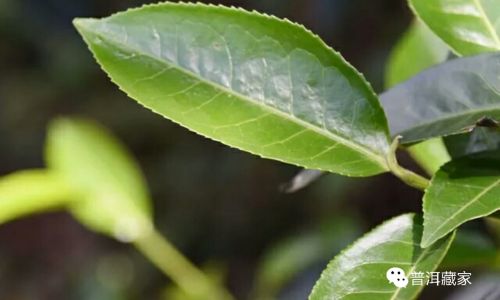
1 High-Chlorophyll Cultivars
Certain cultivars, such as Camellia sinensis var. sinensis (Chinese tea) or specific Japanese sencha varieties, naturally accumulate higher chlorophyll levels. These cultivars are prized for their vibrant green hues and fresh, grassy notes. However, when processed without meticulous attention to degradation steps (e.g., prolonged steaming in Japanese teas), their inherent chlorophyll content can dominate, yielding an astringent vegetal flavor.
2 Shade-Grown Teas
Teas like gyokuro or matcha are shade-grown to boost chlorophyll and theanine levels. While shading enhances umami and sweetness, improper balance can tilt flavors toward grassiness. For instance, excessive shading without adequate light exposure during harvest may leave chlorophyll unmetabolized, intensifying vegetal notes.
3 Nutrient Imbalances in Soil
Soil composition affects tea plant metabolism. Nitrogen-rich soils promote chlorophyll synthesis, while potassium deficiency can impair the plant’s ability to regulate chlorophyll breakdown. Teas grown in such conditions may exhibit persistent grassy flavors, even after optimal processing.
Harvesting Timing and Leaf Maturity
The age of the tea leaf at harvest is a critical determinant of flavor.
1 Early Spring Harvests
Pre-qingming (before Qingming Festival) teas, prized for their delicacy, are plucked when leaves are young and tender. While these teas are celebrated for their freshness, the immature leaves contain higher concentrations of chlorophyll and amino acids, which can manifest as a sharp grassiness if not carefully managed during processing.
2 Overly Mature Leaves
Conversely, leaves harvested too late in the season (e.g., summer or autumn flushes) may develop coarse fibers and elevated levels of polyphenols. While this often results in bitterness, improper processing can accentuate vegetal notes, particularly in green teas.
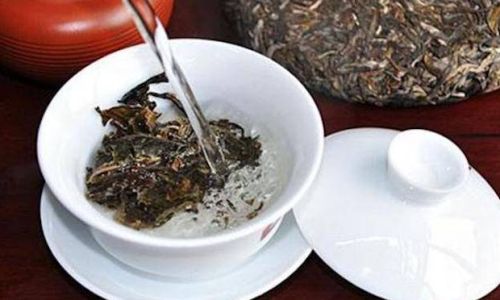
Environmental Factors During Growth
Climate, altitude, and rainfall patterns shape the tea plant’s biochemical pathways.
1 Cool, Humid Climates
Teas grown in cool, cloudy regions (e.g., high-mountain oolongs) often retain more chlorophyll due to slower metabolic processes. While this contributes to their signature freshness, prolonged cloud cover without sufficient sunlight may delay chlorophyll degradation, leading to lingering grassiness.
2 Excessive Rainfall
Heavy rainfall before harvest can dilute flavor compounds and increase leaf moisture content. If not compensated for during processing (e.g., extended withering), this moisture retention amplifies chlorophyll preservation, exacerbating grassy flavors.
Storage and Aging Conditions
Post-processing storage profoundly impacts tea flavor evolution.
1 Improper Humidity Control
Tea stored in humid environments absorbs moisture, triggering microbial activity. This can lead to off-flavors, including a grassy or mouldy aroma. Even in dry storage, excessive exposure to oxygen may oxidize remaining chlorophyll, altering flavor profiles unpredictably.
2 Light Exposure
UV light degrades chlorophyll and other pigments, but prolonged exposure during storage can accelerate unwanted chemical reactions. Teas stored in transparent containers or near windows often develop stale, grassy undertones.
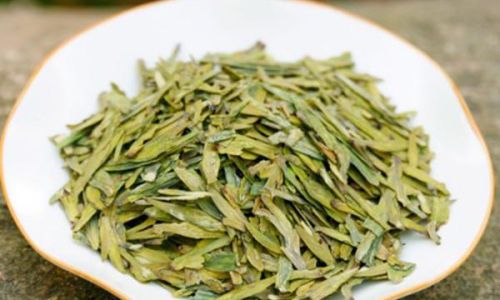
Brewing Techniques: Amplifying or Mitigating Grassiness
Even a well-processed tea can taste overly grassy if brewed incorrectly.
1 Water Temperature
Using water that’s too hot (e.g., boiling water for green tea) extracts chlorophyll and catechins aggressively, intensifying vegetal and astringent notes. Conversely, cooler water may under-extract, leaving flavors muted.
2 Steeping Time
Oversteeping releases tannins and chlorophyll, creating a bitter, grassy brew. This is particularly problematic with loose-leaf teas, which have more surface area for extraction compared to tea bags.
3 Leaf-to-Water Ratio
Using too much tea leaf relative to water concentrates chlorophyll and other compounds, overwhelming the palate with grassiness.
Mitigation Strategies: Balancing Grassiness
While some grassiness is inherent to certain teas, producers and drinkers can employ strategies to achieve equilibrium.
1 Processing Adjustments

- Extended Withering: Allowing leaves to wither longer under controlled conditions reduces chlorophyll and moisture.
- Optimized Fixation: Using precise temperature and timing during kill-green ensures complete enzyme deactivation.
- Post-Fermentation: For teas like oolong or black tea, controlled oxidation can mellow grassy notes by converting chlorophyll into pheophytin.
2 Blending and Aging
Blending grassy teas with milder varieties (e.g., adding a touch of roasted oolong to green tea) can balance flavors. Aging, particularly for pu-erh or dark teas, transforms chlorophyll into mellower compounds over time.
3 Brewing Precision
- Temperature Control: Using water at 70–80°C (158–176°F) for green teas preserves delicacy.
- Short Infusions: Steeping for 1–3 minutes prevents over-extraction.
- Multiple Infusions: Rinsing leaves briefly before the first steep can remove superficial chlorophyll.
Conclusion
The interplay of cultivation, processing, and brewing techniques determines whether grassiness enhances or detracts from a tea’s character. While a hint of freshness is desirable, excessiveness often stems from avoidable pitfalls: rushed withering, improper fixation, or harsh brewing. By addressing these factors—whether through refined processing, selective cultivars, or mindful brewing—tea makers and drinkers can transform a potential flaw into a nuanced facet of flavor. Ultimately, the quest for balance in tea is a testament to the harmony between human craft and nature’s bounty.


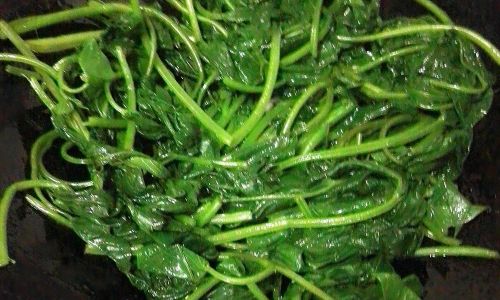

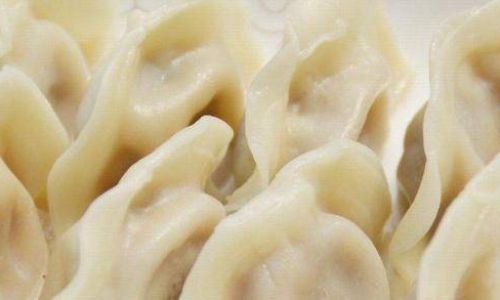
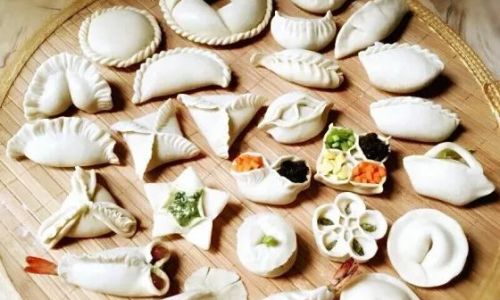
0 comments